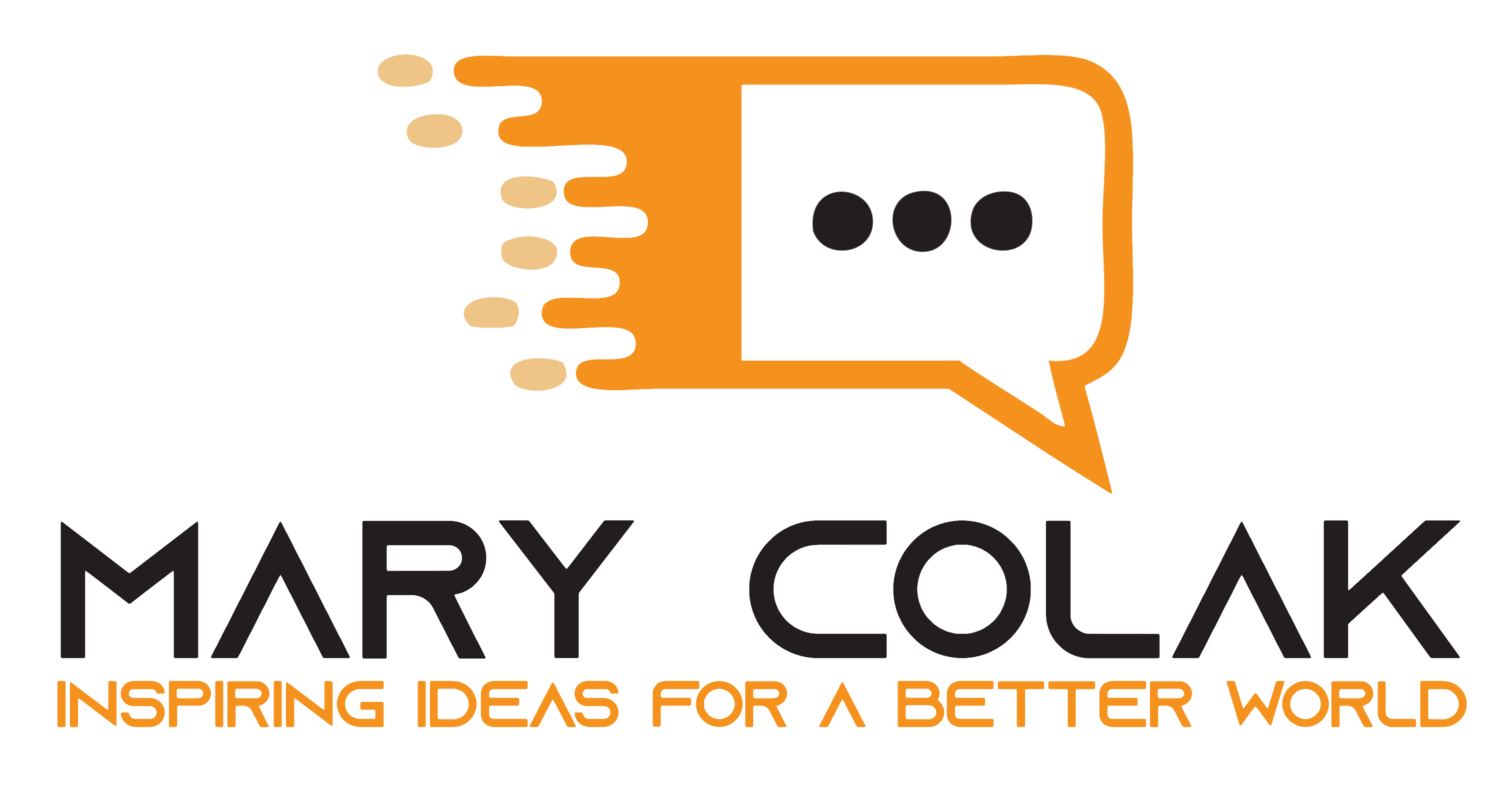Phases of implementation, sustain and improve
Phases of implementation
When implementing improvement ideas, phasing the implementation prior to full-scale deployment helps reduce risk and ensures an effective implementation process.
Implementing a project the right way requires working through three phases: design, pilot, and implementation. Each phase builds on the previous one, ensuring that important elements are not missed in full-scale implementation.
In the design (or planning) phase, do the following:
Review action items and determine what needs to be piloted.
Identify team members for conducting the pilots.
Identify location of pilots.
Determine how pilots will be conducted.
Determine how long each pilot will take.
Identify risks and contingency plans to minimize risks.
Referring to the project charter during the design phase helps to clarify the organization's project goals. The key to this phase is to identify and eliminate "surprises" that may occur during full implementation roll-out.
When the design phase is complete, a "pilot" implementation allows the team to test the change before full-scale implementation occurs. The pilot phase is typically small in scale, so that any undesirable changes can be easily reversed. Piloting a project also helps assess the potential impact of the recommended process changes.
Computer simulation/modeling can help assess implementation in the pilot phase. With a big picture view of the change, the computer model depicts how the change will impact the organization. If the change is too expensive, too time consuming, or will not produce more benefits than costs in the long term, the time to find this out is during the pilot phase.
One of the big differences that the organization will notice between the design and pilot phase is an increase in employee involvement in the pilot phase.
Implementation, the final phase, includes finalizing the design and implementing permanent solutions. The biggest mistake organizations make during this phase is not training all staff to use the new system or process. Without training, the organization sets itself up for failure. And, unfortunately, if failure occurs, organizations blame the new system or process.
This is not to say that all new systems and processes are successful if training is provided. However, training is a key for successful implementation of change initiatives.
In the final phase, do not forget to fine tune the change to ensure that things are operating as planned and tested. Daily monitoring of performance gives you an indication of what is and is not normal.
Implementation is complete when the newly implemented system/process is turned over to the process owner (usually a department in the organization).
Sustain and improve
While not intuitively coupled with implementation, the key to effective change is to sustain and improve implemented projects. Frequently reviewing the new system or process after implementation helps make change stick.
But when it comes to reviews of implemented change, most projects seem to struggle. Some experts recommend a "morning market walk" to monitor progress and help sustain change.
In the morning market walk, managers or supervisors walk through their department in the morning to both see and ask how well the team is doing in sustaining the gains achieved through implementation. If problems are identified, on-the-spot suggestions by management can go a long way to correcting problems and building employee morale.
Leading indicators or predictors of output provide valuable information about potential problems. Identifying and eliminating problems early is enabled by monitoring and reviewing input, process, and output of the new system or process.
At the beginning, conduct weekly reviews. Then, taper to monthly reviews for the first year.
Employee involvement grows exponentially as implementation moves from design to pilot to implementation. Full involvement is evidenced when the change reaches the "sustain and improve" phase.
Be sure to continuously monitor the change and ask your employees for feedback. Only by knowing how the new system or process is working early on will you be able to ensure successful implementation in the long-term.
And don't forget to pilot the chosen solution small scale before full scale implementation. A pilot study is a great way to increase the project's chances for success and minimize risks, regardless of the size of the project.


